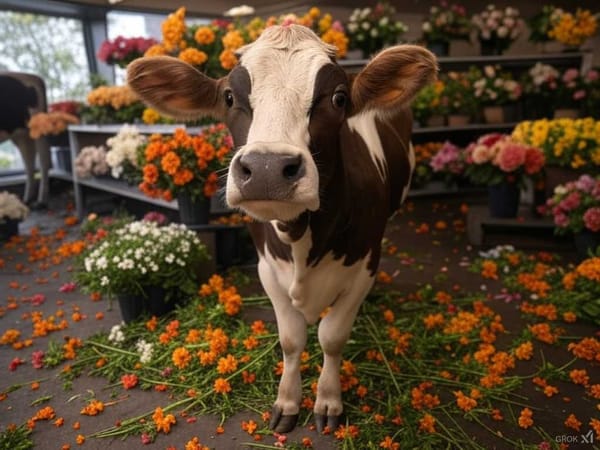To get to know the flavor of Oaxaca, you have to try its tamales
Tamales can be prepared any day of the week in Oaxaca, and there is a great variety depending on the region and what the community itself produces. In the opinion of the cooks, the preparation of tamales does not require sophisticated preparations and great recipes.





